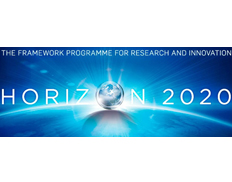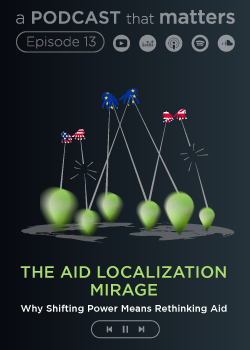Print

Structuration of aqueous interfaces by Terahertz pulses: A study by Second Harmonic and Sum Frequency Generation: SAInTHz
Details
Locations:France
Start Date:Sep 1, 2020
End Date:Aug 31, 2022
Contract value: EUR 196,707
Sectors: Environment & NRM
Description
Programme(s): H2020-EU.1.3.2. - Nurturing excellence by means of cross-border and cross-sector mobility
Topic(s): MSCA-IF-2019 - Individual Fellowships
Call for proposal: H2020-MSCA-IF-2019
Funding Scheme: MSCA-IF-EF-ST - Standard EF
Grant agreement ID: 896908
Project description:
'Water, water, everywhere': Innovative spectroscopy gives insight into aqueous interfaces
Covering more than 70 % of the earth's surface, water evaporates and rises into the atmosphere, cooling and condensing into rain or snow and falling to the earth again. Water is necessary for life and accounts for about 60 % of the mass of the adult human body. In short, it is ubiquitous. The EU-funded SAInTHz project will study the interactions between water and charged interfaces. To do so, the team is developing advanced optical spectroscopy to capture the dynamics of water driven by terahertz radiation. After the technique has been validated on water, it will be applied in the study of other aqueous interfaces, such as fatty acid/water systems, lipid/water and mineral oxide/water interfaces.
Objective:
Interfaces of water and aqueous solutions play a prominent role in many technological and natural processes. The liquid/solid interface is the main driver for many electrochemical reactions. Water being present everywhere, the fields of applications are numerous. The adsorption and release of various gases by the oceans and rain droplets is one of them. The aim of this project is to study the interactions between water and charged interfaces. We will establish an advanced nonlinear optical spectroscopy setup and combine it with terahertz excitation, thus revealing the vibrational properties of the interface and controlling the surface charge via the terahertz electromagnetic field. We will first develop and validate the technique on water and will then proceed in applying the technique to study various aqueous interfaces such as fatty acid/water systems, lipid/water interface, mineral oxide/water interfaces.

